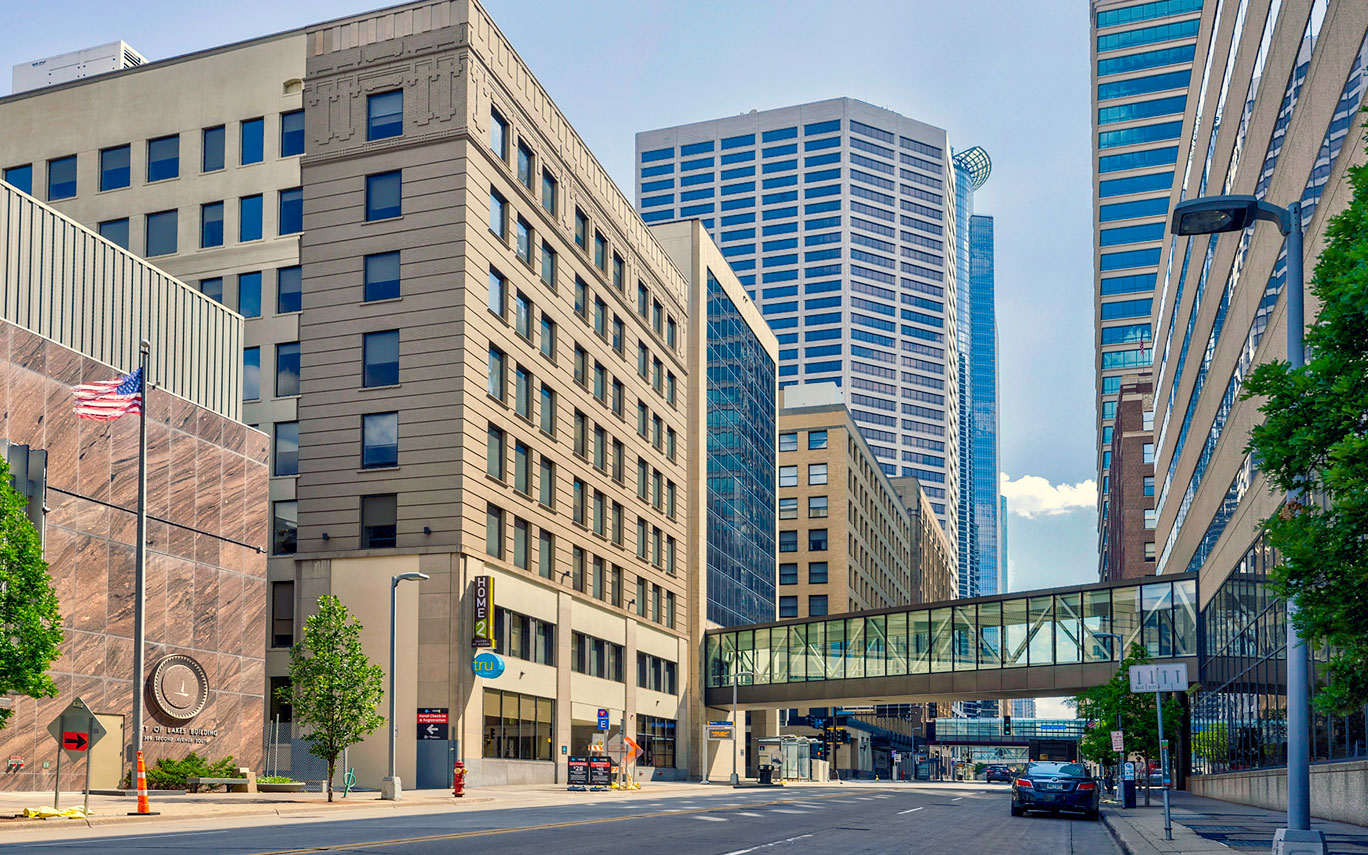Minnesota’s urban landscape is undergoing a quiet but powerful transformation. As cities adapt to post-pandemic realities, a growing number of developers and municipalities are turning to the rehabilitation of underutilized office buildings. These projects are breathing new life into aging structures, converting them into vibrant spaces for housing, mixed-use developments, healthcare, hospitality, and more.
A Post-Pandemic Pivot
The shift to remote and hybrid work has left a significant mark on commercial real estate. Office vacancies in the Twin Cities and surrounding communities have remained high, as of Q1 2025, the office vacancy rate in Minneapolis stood at 28.9%, prompting a reevaluation of how these spaces can be used.
Rather than letting buildings sit idle—or worse, face demolition—developers are embracing adaptive reuse as a sustainable and economically viable solution.
Policy Support and Incentives
To encourage these conversions, Minnesota is exploring innovative financial tools. One such proposal is the “CUB credit” (Credit for the Conversion of Underutilized Buildings), which would incentivize developers to repurpose vacant properties. Additionally, historic tax credits remain a vital resource, helping to offset the costs of preserving and modernizing older buildings. Although the CUB credit did not pass in the last legislative session, it is still being actively explored as a potential tool to support redevelopment efforts.
Organizations like New History are instrumental in guiding property owners through the process of securing these credits, ensuring that Minnesota’s architectural heritage is preserved while meeting contemporary needs.
Navigating the Challenges
Rehabilitating office buildings for new uses is not without its complexities. Developers must contend with structural limitations, outdated layouts, and the need for modern infrastructure. Financing can also be a hurdle, especially in a market still adjusting to economic uncertainty and evolving investor expectations.
Despite these challenges, the potential benefits are substantial. Adaptive reuse not only conserves resources and reduces environmental impact but also revitalizes neighborhoods and supports local economies.
TRANSFORMING UNDERUTILIZED URBAN SPACES

A prime example of adaptive reuse is the dual-branded Home2Suites and TRU by Hilton. This project demonstrates how underutilized urban spaces can be transformed into vibrant, functional destinations. By repurposing an existing structure, it preserved key architectural elements while contributing to the revitalization of the surrounding area.
One standout example of adaptive reuse in Minnesota is the Home2 Suites and TRU by Hilton project, developed by Stahl. This dual-branded hotel exemplifies the potential of transforming underutilized urban spaces into vibrant, functional destinations. By repurposing an existing structure, the project not only preserved valuable architectural elements but also contributed to the revitalization of the surrounding area. It highlights how thoughtful redevelopment can meet modern hospitality needs while supporting sustainability and economic growth.
Your Partner in Adaptive Reuse
At Stahl, we understand the intricacies of transforming office spaces into dynamic, functional environments. Whether you’re envisioning a residential conversion, a mixed-use development, or a commercial reinvention, our team brings the expertise, creativity, and commitment needed to bring your vision to life.
Ready to reimagine your space?
Contact us today to learn how Stahl can support your next rehabilitation project.
